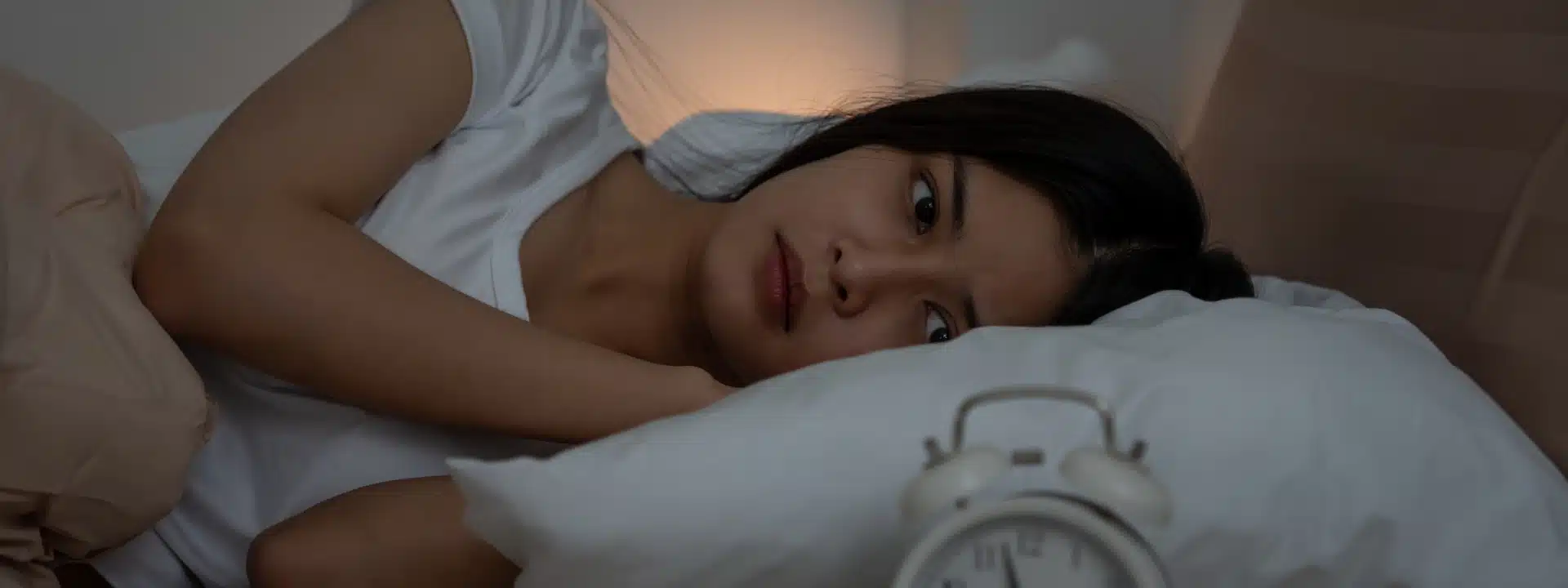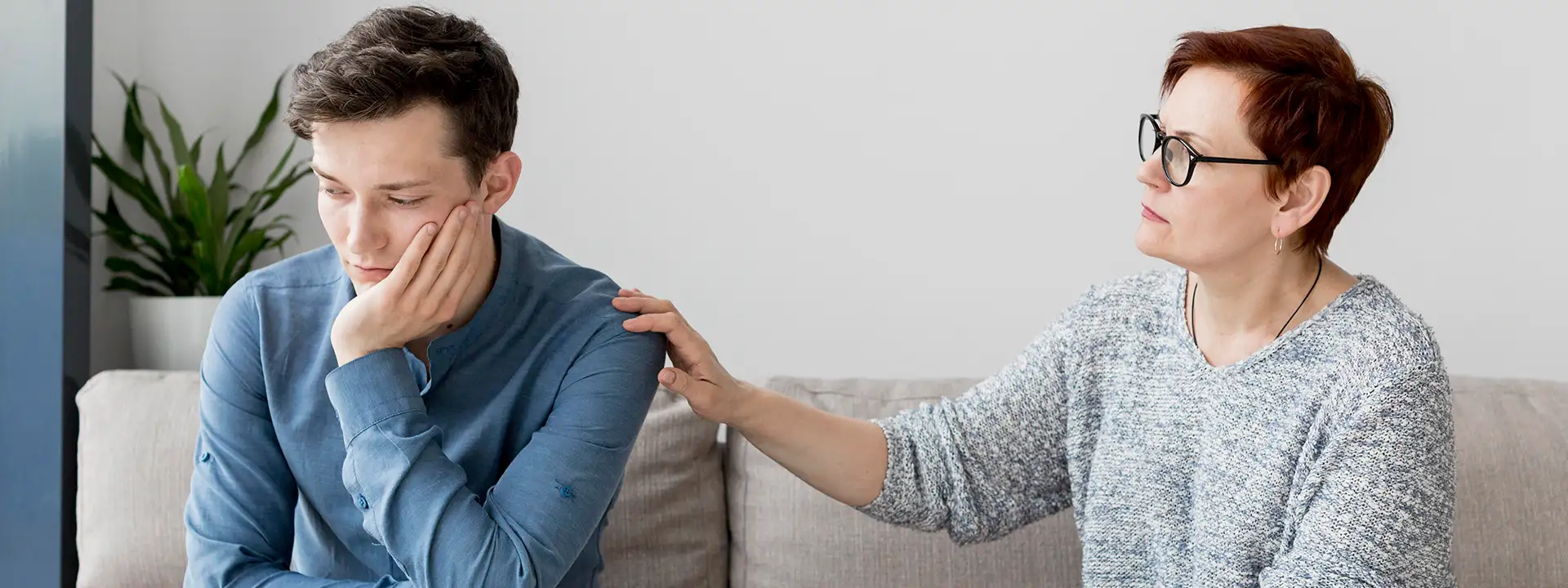Have you ever felt fear so strong that it stops you from doing things? Do you wonder what residential treatment for phobias is, and can it help you climb out of that fear? Imagine waking up every morning in a safe place. You get help all day long. You face your fear with people guiding you. Doesn’t that sound powerful?
You might ask, “Is residential treatment effective for phobias?” You may think that being in a home-like center could change everything. What if it gives you tools to feel safe again? What if your fear fades in a place built just for healing? What’s the journey like in that center? Can it reshape your mind and life?
Let’s walk into that world. Let’s see what daily living in treatment feels like. We’ll explore what studies found in 2024 and 2025. We’ll ask questions about time, cost, success, and transformation. Could this be the answer you’ve been looking for? Ready to learn what residential treatment for phobias is—and why it works?
Is Residential Treatment Effective for Phobias?
Programs Mix Phobia with General Anxiety
Many treatment centers offer broad anxiety care daily. They often mix phobia treatment inside general programs. Patients with strong fears might not get specific help. It hurts adults with phobias, such as spiders or vomiting. And it makes healing slower and less sure.
A systematic review by Racz et al. (2024) found that clinics often do not train staff in phobia therapy. Therapists sometimes lack exposure therapy knowledge.
This situation leads to weak progress for severe phobias. Clients stay stuck in fear longer. They may feel frustrated or lost in the process. That is why general programs can fail those with precise phobias.
Trained Therapists Using Exposure Therapy
The same 2025 study offers a powerful solution. It says clinics must train therapists in exposure therapy. Therapists should believe in the benefits of it. They learn how to use it safely and step by step. It builds client trust and eases fear gradually.
When staff get proper training and support, results improve. Patients face real fear triggers in safe ways. Their fear drops and stays reduced. Clients gain confidence with every small step. Healing becomes possible and lasting.
How Long Does Residential Treatment for Phobias Take?
Many Programs Take Too Many Hours
Some centers use long treatments over many sessions. It can tire clients. Spending many hours may cut motivation. People may drop out before they finish. That delays healing and wastes time.
A 2022 meta-analysis by Odgers et al. found that multi-session exposure took twice as long as single-session. Single session averaged two (2) hours and 40 minutes. Multi-sessions averaged about five (5) hours in total. Although not from 2025, it shows that long programs may feel too long for many.
Single Long Session Exposure Therapy
New research encourages single long sessions. They pack all work into one extended visit. Patients face their fear fully at that time. Therapists keep it safe but focused. It cuts total hours by half.
These single sessions work very well. Clients feel fear lessen quickly. They need fewer visits and less time away. They also avoid missing school or work. Choosing places that offer one long session speeds recovery.
What Types of Phobias Do Residential Programs Treat?
Many Programs Treat Only Common Fears
Many centers handle only a few common phobias. They may focus on animal or height fears. It leaves people with rare fears unaddressed. Examples include a fear of balloons, vomiting, or illness (emetophobia).
A 2025 report on Kindt’s clinic treated rare fears like balloon and bird phobias directly. These fears get little attention in standard therapy centers. Without special care, people feel alone. They may avoid treatment. That delay keeps fear alive and disturbing every day.
Personalized Fear Memory Targeting
Kindt’s 2025 program used memory targeting plus therapy. Patients face their dreaded object in a calm space. They receive a small dose of medicine to soften the memory of fear. Then, the brains slowly rewrite the fear memory. People report major fear reduction after just one session.
That method adapts to any phobia—balloons, birds, spiders, and illness fears. It works because it changes how the brain remembers fear. It targets deep fear memories directly. It helps even rare or intense phobias heal fast. Patients feel relief sooner. And they learn to live without hiding from life.
What to Expect in Residential Therapy for Phobias
Fear Predictions Often Overdo Reality
Many people expect extreme panic in exposure therapy. They imagine their fear will be much worse than it is.
A 2025 study by Hilleke et al. of 268 patients with agoraphobia showed this. They over-predicted their fear at the start of therapy. But actual fear dropped steadily across sessions.
This mismatch makes people avoid therapy. It keeps them from facing fear steps and healing.
Show That Fear Will Drop
The same study suggests a fix that helps a lot. Therapists should explain the over-prediction problem first. They can say, “Many feel less fear than expected.”
Clients see that their mind often lies about danger. Then they feel safer to try exposure steps.
Trust grows as they see fear drop in real time.
Each small success makes the next step easier. Therapy becomes calmer, not scary. People no longer run from treatment. They stay and learn that they can face fear safely.
Cost of Residential Treatment for Phobia
High Price Can Stop Treatment
Residential care often costs hundreds to thousands per day.
A 2025 study by King et al. of 108 facilities found the average cost was $878 per day. That adds up quickly for weeks of care.
Families may worry they cannot afford it. High costs can cause many to cancel or avoid help.
Look for Transparent, Scalable Pricing
King et al. (2025) also suggest that clinics must offer clear pricing. Why? It’s because patients feel safer when costs are crystal clear from day one.
Centers should offer sliding-scale or insurance help. They could break long stays into smaller, affordable packages. That helps families plan and manage the cost. When centers show real costs and offer options, more people can get help.
Final Thoughts: How Residential Care Heals Phobias
You learned about big issues and smart solutions. First, centers must train therapists in exposure therapy. Second, therapy time can shorten with single-session exposure. Third, programs must treat all phobia types. Fourth, therapists help by framing fears honestly. And fifth, affordable and clear costs open doors for healing.
At Alter Behavioral Health, we offer exactly these solutions. Our therapists get ongoing exposure therapy training. Our programs use single-session models when right. We treat common and rare phobias with care. We explain what to expect. And we show clear prices and options.
If fear keeps you from living fully, you do not need to face it alone. Choose a program that helps step by step. Choose one that makes treatment doable and priced fairly. And choose one that shapes your trust and safety with care. Alter Behavioral Health is that place for you. It matches care, time, training, and price.
Ready to conquer fear and rebuild your life? Contact Alter today. We are ready to guide you toward freedom.
FAQs
- What’s residential treatment for phobia?
It’s a live-in program in a supportive center. Clients stay and get daily care.
- Is residential treatment effective for phobias?
Yes. Studies show that specific, trained exposure therapy helps most.
- How long does residential treatment for phobias take?
Some programs offer a single long session. Others run for weeks, depending on needs.
- What types of phobias are treated in residential programs?
All kinds—spiders, heights, vomiting, flying, even rare phobias.
- What to expect in residential therapy for phobias?
Expect clear guides, steady steps, safe exposures, and daily support.
- Residential vs outpatient treatment for phobias?
Residential gives 24/7 support. Outpatient offers only occasional visits.
- What is the cost of residential treatment for a phobia?
The average is around $878 per day. Look for transparent pricing and options.
- Do residential facilities treat severe phobias?
Yes. They offer tools and focus for deep, hard-to-treat fears.
- Success rate of residential treatment for specific phobias?
Studies show most people get fear relief that lasts for years.
- Are phobias a reason to go to inpatient treatment?
Yes. When fear stops you from living, inpatient care helps you face fears fully.



